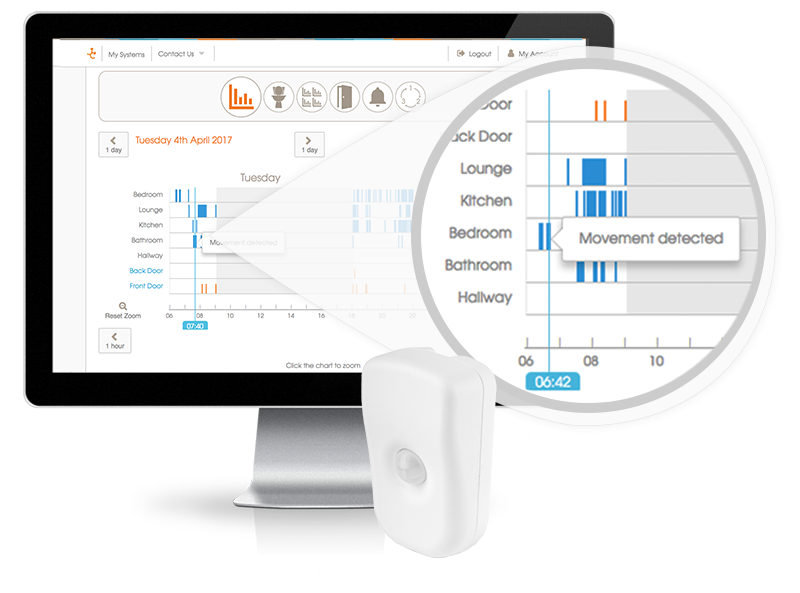 The United Kingdom, like many advanced economies, has been very effective in developing policies and programmes to support early-stage research and development by entrepreneurs.
The United Kingdom, like many advanced economies, has been very effective in developing policies and programmes to support early-stage research and development by entrepreneurs.
Innovate UK’s R&D Open Programme (based on previous Smart /Grant for R&D scheme) and Knowledge Transfer Partnerships schemes can draw on over 40 years of development, providing evidence on their effectiveness and this has allowed a supporting infrastructure and community of expert practitioners to develop around these programmes. The support provided often stops short at the stage of commercialisation, but being awarded a grant on a competitive basis does provide a strong signal to potential investors about the merits of a new product or service (Bramley and Spires 2001). The Small Business Innovation Research (SBIR) programme was adapted from its namesake in the USA to provide support for companies to gather evidence on the effectiveness and usefulness of their innovation to potential users.
Developing a value proposition
The ideal scenario for a Medtech company marketing its product in England is for it to be positively referenced in guidelines produced by the National Institute for Health and Care Excellence (NICE). This requires them to develop a suitable value proposition for the NHS and other health and social care commissioners, which many struggle to do. This is because Medtech companies don’t understand the key ingredients of value proposition being sought by their customers. This is somewhat different to that envisaged by Michael Lanning and Edward Michaels (1988) who wanted to describe why one company’s services and products might have greater commercial success and a market advantage over those offered by competitors. They defined value proposition as ‘a clear, simple statement of the benefits, both tangible and intangible, that the company will provide, along with the approximate price it will charge each customer segment for those benefits.’ There is a world of difference between the value proposition for Dominos Pizzas and a new diagnostic or medical device. The ingredients are very different, at least in the United Kingdom. For a new technology to be adopted there needs to be rigorous independent health technology assessment (HTA). This involves checking that the device meets regulatory requirements, has an appropriate level of evidence on how safe it is and is indicated by having CE mark on the device. It also involves the company supporting the collection of data on relative clinical effectiveness to other treatment technologies, developing an understanding how it might best fit in a care pathway and what training and education may be needed for healthcare professionals. The final ingredient is the collection of data on costs, potential savings and utility to patients often measured in additional Quality of Life Adjusted Years, or QALYs, to allow an economic assessment to take place against usual care and, or comparator technologies.

I have undertaken two different programmes of work to help Medtech companies in developing their value proposition whilst working at the University of Birmingham, which I will be writing about in my next two City REDI blogs. The first was an evaluation of a large pilot, the Just Right approach, developed by a local Medtech company, Just Checking, that uses a telemonitoring system to support personal care planning for adults with learning disabilities funded by a SBIR Healthcare grant.
The second is the development of a facilitated online tool to help companies prepare for a HTA for NICE Scientific Advice in partnership with North West Academic Health Scientific Network. The Medtech Early Assessment Tool (META) was launch in beta version last July and has since won the Digital Innovation in the Public Sector Award.
References
Bramley, G. and Spires, R. (2003) Financing Innovation in SMEs: Evaluation of UK Smart Scheme, in Watkins, D. (ed), Annual Review of Progress in Entrepreneurship, Brussels: European Foundation for Management Development.
This blog was written by George Bramley, Senior Analyst, City-REDI.
Disclaimer:
The views expressed in this analysis post are those of the authors and not necessarily those of City-REDI or the University of Birmingham
To sign up for our blog mailing list, please click here.
